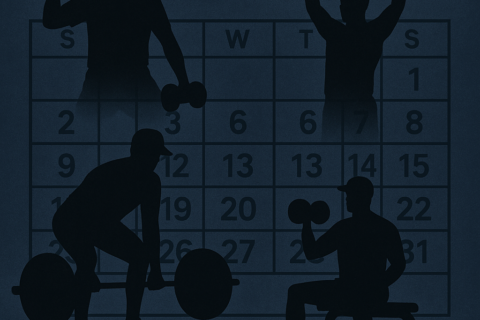KPI Winter 2022 Winter Hitting Review
At KPI we track everything. We have created an incredible hitting system in our development program that is a simple system of checks and balances. We take the Blast Baseball metrics we know effect on-field performance the most and we have built our hitting system around that. We then cross reference that with the batted ball metrics we know correlate the strongest with desired results on the field to create our balanced hitting system. We monitor their progress in their pre-contact hitting groups and then validate that progress with their batted ball results that we measure on Hittrax and Trackman.
Pre-Contact Metrics
Through our partnership with Blast Baseball, we have become the largest Blast academy in California. We have taken the simplicity of the Blast bat sensors and we have studied the pre-contact measurements that we know have the strongest correlations with on-field performance. We have also cross-referenced this with the most common Blast metrics seen at the collegiate and professional levels to refine our approach.
When a new hitter comes to train at KPI we give them a general hitting program for 2 weeks so we can compile their swing data on Blast. We then assess their swing profile using our metric system and we place them in a hitting group that addresses their largest swing deficiency. We monitor their progress within that group and set goals for them to accomplish. Once they accomplish those goals we either give them a new goal within their hitting group or we move them into another focused group based on their swing metrics.
We program every hitting group with an individualized set of drills and a progression they can use to get to a new set of drills. This constantly reinforces the athlete into improving their swing through the drills that are prescribed. This purposeful practice has the highest impact on motor learning and we validate the approach by checking their post-contact batted ball metrics to ensure our approach with the swing is working for every athlete.
Post-Contact Metrics
With Hittrax and Trackman, we have the best capabilities to gather, monitor, and track batted ball metrics in the industry. We know the end game of any hitting program should be hitting the ball harder, further, the most consistently. We have a robust system to monitor those goals. On a regular basis we publish reports to the athletes and their families on so they can monitor their progress and ensure they are getting better. This objective data is extremely important because we know the results in game can be anything but objective. We know that exit velocity provides one of the strongest correlations to offensive performance, so we track that constantly. We know that most hits happen between the launch angles of 18-25 degrees, so we monitor that in every report. We take all of this information and boil it down in each hitting group to ensure that each athlete is progressing properly. Results in games can come and go and we know that often times a hitter can do everything right in game and still fail. In our training environment we eliminate that subjectivity and we have created a system that captures thousands of swings to allow much more focused hitting development than the ebbs and flow of game results.
Winter 2021/2022 Hitting Results
Exit Velocity
- Exit velocity, much like pitcher throwing velocity, provides an extremely strong correlation with offensive performance. Quite simply, the harder a hitter hits the ball, regardless of all other factors, the most productive they will be. The other factors are most definitely important, but there is not another batted ball metric that provides the same positive trends that exit velocity does. So improving exit velocity is always a large focus for our hitting program. Here are the results for the Winter…
- 73.7% of hitters in the Winter program improved their Average and Max Exit Velocities
- Average Exit Velocity increase was 2.82 mph
- Max Exit Velocity increase averaged 3.12 mph
- Average Exit Velocity by programming group…
- Bat Speed – 67 mph
- High Attack Angle – 69 mph
- Low Attack Angle – 67 mph
- High Early Connection – 71 mph
- Low Early Connection – 73 mph
- Max Exit Velocity by programming group…
- Bat Speed – 82 mph
- High Attack Angle – 69 mph
- Low Attack Angle – 81 mph
- High Early Connection – 85 mph
- Low Early Connection – 86 mph


Bat Speed
- It is indisputable that increasing Exit Velocity can help each individual hitter improve. We have designed our hitting program to prioritize exit velocity improvements. Through internal data, we have discovered that bucketing hitters and working on their largest swing deficiencies leads to the highest Exit Velocity improvements. Part of this approach is emphasizing Bat Speed in every group and part of our training environment. This approach allows hitters to organize themselves and their goals most efficiently. Here are the results of Bat Speed in each of our hitting groups…
- Bat Speed – 58 mph
- Challenge – 73 mph
- High Attack Angle – 69 mph
- Low Attack Angle – 61 mph
- High Early Connection – 61 mph
- Low Early Connection – 64 mph
- Overall Bat Speed Results
- Average Bat Speed increase – 3.11 mph
Other Results
- Improvements within Hitting program…
- Bat Speed – 65%
- High Attack Angle – 82%
- Low Attack Angle – 81%
- High Early Connection – 48%
- Low Early Connection – 60%
- Line Drive + Hard Hit Average increase – .13
- Average Distance increase – 21.78 feet


